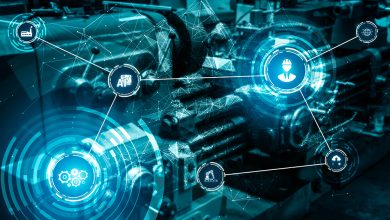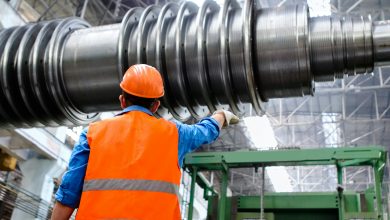In a world where lithium-ion batteries have become the beating heart of modern technology — from smartphones to electric vehicles — the challenge of recycling and reusing critical metals is growing sharper every year. One of the most promising solutions to this problem is electrodeposition, an electrochemical process that is quietly redefining how we recover cobalt, nickel, and other valuable elements from spent batteries.
To learn more, we spoke with Nariman Abik, a researcher in the field of electrochemistry, whose work bridges the microscopic world of ions with the macroscopic goals of sustainability and clean energy.
From Electric Current to Clean Materials
Journalist: Nariman, could you explain in simple terms — what is electrodeposition, and why did you choose it as your research focus?
Nariman Abik: Electrodeposition is the process where metal ions in a solution are deposited onto an electrode under the influence of an electric current. To put it simply — we take a solution containing, say, nickel or cobalt ions, pass a current through it, and the metal forms a thin layer on the electrode’s surface.
What fascinates me about this process is that it’s fundamental not only in coating and galvanic applications but also in battery recycling, where we need to recover expensive metals from leach solutions after chemical processing.
Turning Waste into Value
Journalist: So you’re literally bringing nickel and cobalt back from used batteries?
Nariman: Exactly. After chemical leaching, we obtain a liquid mixture containing nickel, cobalt, and manganese ions. With electrodeposition, we can selectively extract each metal on a separate electrode by controlling potential, pH, concentration, and additives. For instance, at –0.9 V on a copper electrode, mostly cobalt deposits while nickel remains in solution. This precision allows for high purity recovery and lower costs compared to conventional hydrometallurgical methods.
Where Science Meets Precision
Journalist: Sounds elegant — but what makes the process so challenging?
Nariman: In reality, it’s far from simple. Every parameter — from electrolyte composition to electrode polishing — influences the deposit’s morphology and composition. Even something as small as adding boric acid (H₃BO₃) can drastically change the coating’s density and brightness.
We use voltammetry and potentiostatic experiments to track how current and potential evolve over time, studying which stages determine the growth of the metal layer. And yes, I sometimes polish the electrodes several times with sandpapers of different grit (600, 800, 1200) just to ensure reproducibility. In electrochemistry, precision is everything.
The Art of a Perfect Surface
Journalist: You mentioned morphology — how do you evaluate whether the coating is “good”?
Nariman: We use scanning electron microscopy (SEM) to observe the microstructure of the deposit. A high-quality coating looks smooth and shiny, without cracks or pores. If the surface turns matte or dark, it means the potential was too negative or the process uneven. In those cases, I re-examine the sample after rinsing and heat treatment to determine what went wrong.
This microscopic feedback loop helps refine each stage of the process — until every surface atom behaves as expected.
From Lab Data to Industrial Promise
Journalist: What results have you achieved so far?
Nariman: We’ve achieved high deposition efficiency for cobalt from 0.5 M CoSO₄ solutions with boric acid additives. The mass of the deposited metal increases linearly with charge, confirming strong coulombic efficiency. Currently, I’m testing manganese additives and transitioning from sulfate to chloride electrolytes, which may enhance selectivity between nickel and cobalt.
According to BloombergNEF, the demand for recycled battery metals is expected to grow sevenfold by 2035, making technologies like this not only scientific but economically essential.
Electrochemistry for a Circular Future
Journalist: How do you see the future of electrodeposition in the context of sustainable energy?
Nariman: I believe the future belongs to electrochemical methods. They enable the recovery of critical metals without toxic reagents and without generating massive waste volumes. It’s the foundation of a closed-loop materials cycle, where every battery at the end of its life becomes the source for the next one.
Electrodeposition isn’t an abstract concept — it’s a practical, scalable tool that can reshape how we handle resources on this planet. By improving selectivity, efficiency, and purity, we can make recycling not just cleaner, but smarter.
A Layer of Hope on Every Electrode
The development of sustainable energy storage systems depends on a deep understanding of what happens at the electrode–solution interface. Research like Nariman Abik’s shows that progress in electrochemistry is not confined to laboratories; it extends into factories, cities, and global supply chains.
Each metallic layer grown under his microscope represents more than a scientific result; it’s a glimpse into a future where waste becomes wealth, and chemistry powers sustainability itself.
In the grand story of clean technology, electrodeposition may well be one of the quiet revolutions that light the path forward.



